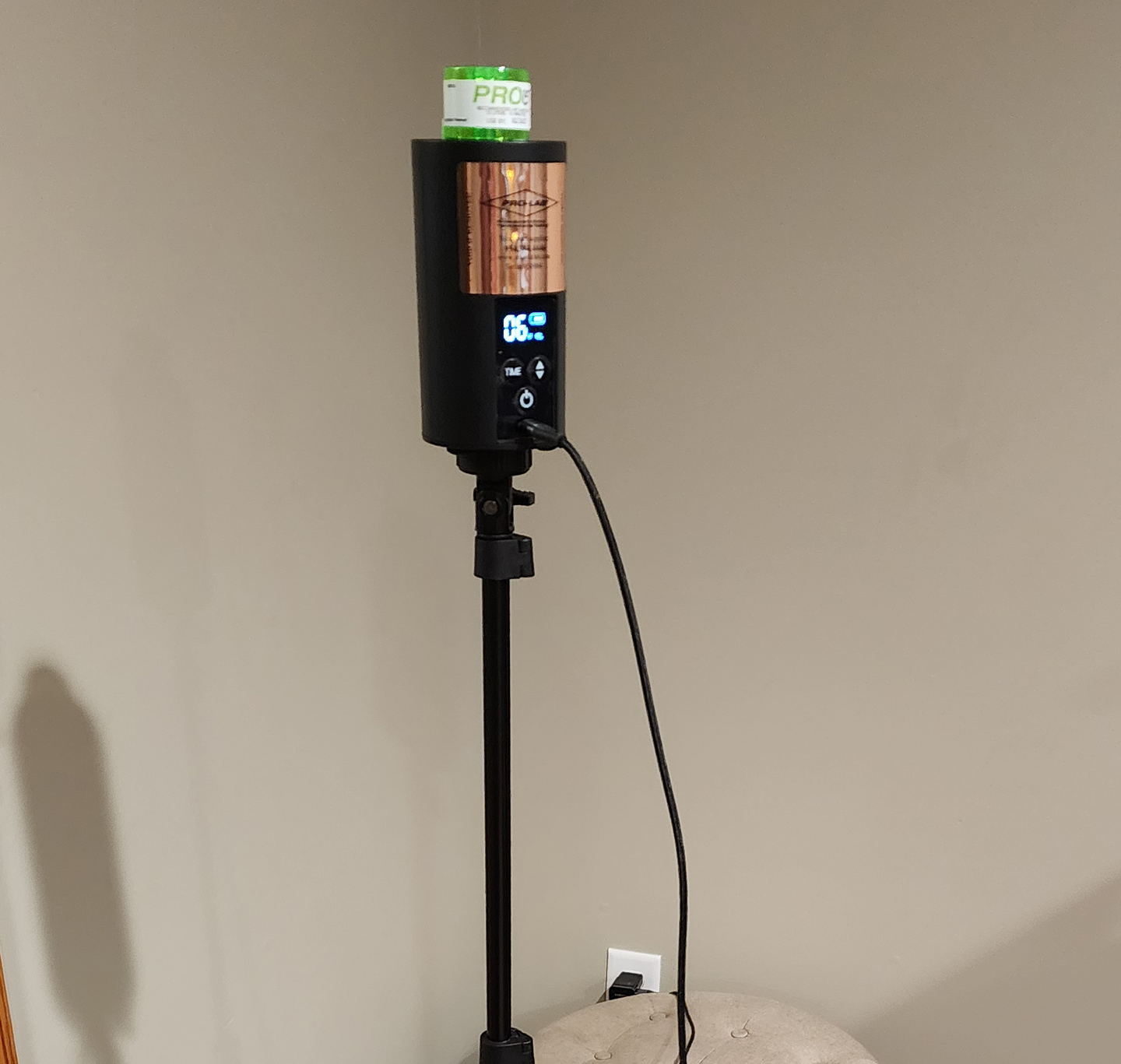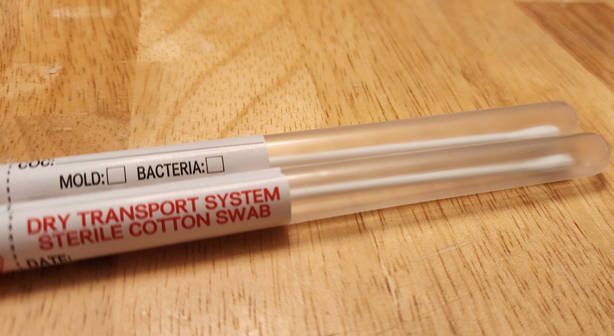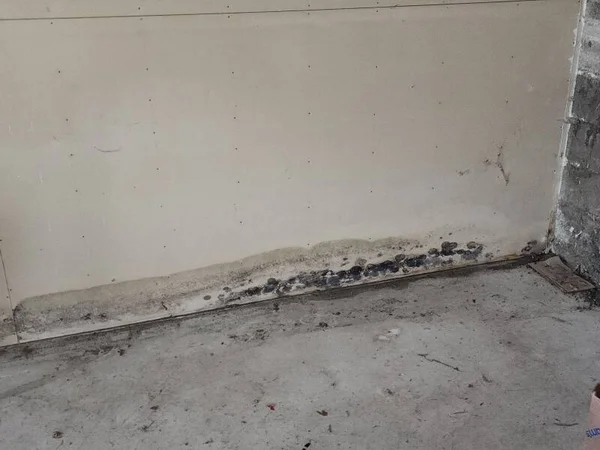Mold Test
What is mold?
Microscopic fungi and their spores found in the air you breathe both indoors and outdoors. Mold spores are very tiny and lightweight.Why do I care?
Mold can produce and release millions of spores small enough to invade the human respiratory system. Mold growth can ruin and discolor household items, and can look white to orange and from green to brown and black. Mold can also cause expensive material damage to your home and may indicate you have a hidden water problem. When inhaled, mold can cause a range of health problems including respiratory problems (wheezing), nasal and sinus congestion, watery and red eyes, nose and throat irritation, skin irritation, aches, pains, and fevers. In large quantities, mold spores can cause allergic symptoms and trigger asthma attacks. Exposure to mold is not healthy for anyone, but the following individuals are at a higher risk for adverse health effects: infants, children, elderly, immune compromised persons, and individuals with existing respiratory conditions.Why should I get Clean Air Dynamics to test it?
We have the most modern equipment, extensive training, and the highly regarded IAC2 certification for mold. We can identify the source of a potential mold problem in your home or office. Our air sampling methods can indicate the presence of a hidden or elevated mold problem. If mold growth occurs in the lab after the air sample is taken, the lab analysis identifies the type (genus name) of mold present. This information is important to make a plan for the best correct method to do abatement correctly. We can also take a sample of visible mold growth and send it to our laboratory for analysis to determine the type (genus name) of mold present.


Air sample collection over 24 hours followed by laboratory testing to identify any concentration of Mold Spores and contaminants. Best choice for houses with basements, recent remodels, history of water intrusion or seepage, signs of water leaks, or the presence of funky smells or fragrances where a suspicious stain is not visible.
Or
Sample collection and laboratory test for a visible stain or substance to determine if it is mold or bacteria, and identify its specific strain for toxicity to plan the correct abatement method if needed.